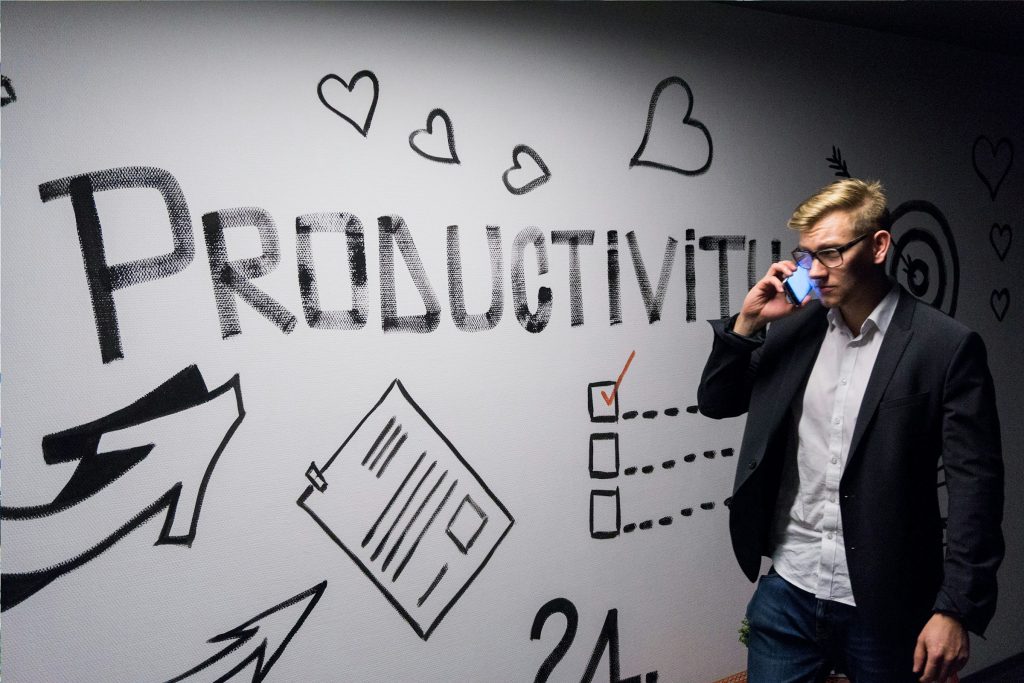In my previous article, I explored how virtual reality (VR), augmented reality (AR), and artificial intelligence (AI) are revolutionizing space exploration and paving the way for a multi-planetary future. As we stand on the brink of unprecedented technological advancement, it’s essential to delve deeper into how these innovations will reshape the fabric of our daily lives—particularly the way we work and find fulfillment.
The AI Revolution and the Redefinition of Work
AI has made remarkable strides in recent years, automating tasks that were once thought to be exclusively within the human domain. From data analysis to complex problem-solving, AI systems are becoming increasingly proficient, leading to concerns about job displacement across various industries. However, this technological shift also presents an opportunity to rethink why we work and what we choose to do with our time.
If AI can handle routine tasks more efficiently, humans might be liberated to pursue endeavors that are inherently creative, entertaining, or fulfilling—activities that machines cannot replicate in terms of emotional resonance and originality.

Photo by Andreas Klassen UnSplash.
Enter Neural Interfaces: Bridging Humans and Machines
One of the most groundbreaking developments in this arena is the advent of neural interfaces, such as those being developed by companies like Neuralink. These brain-computer interfaces aim to create a direct communication pathway between the human brain and external devices. While still in the experimental stages, the potential applications are vast and profound.
Imagine a future where humans can augment their cognitive abilities by seamlessly integrating with AI systems. This symbiosis could enhance learning, creativity, and problem-solving, allowing people to engage in more complex and rewarding tasks. Neural interfaces might enable artists to translate thoughts directly into digital art forms or allow engineers to design intricate systems with unprecedented precision.
From Mundane Tasks to Creative Pursuits
As AI takes over repetitive and mundane jobs, people may find themselves gravitating toward roles that prioritize creativity and human connection. Professions in the arts, entertainment, and innovation could see a renaissance, with individuals finding new ways to express themselves and contribute to society.
Consider platforms like TikTok and Twitch, which have transformed hobbies into viable careers for many. Content creation, once seen as a pastime, has become a legitimate profession. This shift suggests a broader trend where activities that bring joy and personal fulfillment could also provide economic stability.
Hollywood’s Vision of Integrated Futures
Films like “Her” and “Transcendence” delve into the complexities of human-AI relationships and the possibilities of mind-machine integration. “Her” explores an emotional connection between a man and an AI operating system, highlighting the deepening interplay between technology and human experience. “Transcendence” goes a step further, depicting a scenario where human consciousness merges with AI, raising questions about identity and the essence of being.
These narratives echo the potential realities we may face as neural interfaces and AI become more integrated into our lives. They challenge us to consider how we maintain our humanity amid rapid technological advancement.
The Cyberpunk Paradox: Cautionary Tales and Inspiration
Cyberpunk literature and cinema often portray futures where technology has advanced but societal structures have not kept pace, leading to dystopian outcomes. Works like “Blade Runner” and “Neuromancer” serve as warnings about unchecked corporate power and the erosion of individual freedoms.
While these stories highlight potential dangers, they also inspire innovation by showcasing advanced technologies and their capabilities. The key takeaway is the importance of guiding technological progress with ethical considerations and inclusive policies.
Embracing a New Paradigm of Work
The transition to an AI-dominated workforce doesn’t have to result in widespread unemployment or dissatisfaction. Instead, it can be an opportunity to redefine work in a way that emphasizes human strengths—creativity, empathy, and adaptability.
Educational systems will play a crucial role in this transformation. By focusing on developing skills that AI cannot replicate, such as critical thinking, emotional intelligence, and creative problem-solving, we can prepare future generations for a job market that values uniquely human contributions.
The Role of VR and AR in a Connected World
VR and AR technologies will further enhance our ability to engage in meaningful work and leisure activities. Virtual environments can provide platforms for collaboration, innovation, and cultural exchange on a global scale.
For instance, VR could enable virtual workplaces where people from around the world collaborate in real-time, transcending geographical limitations. AR might enhance our daily interactions, providing seamless access to information and tools that augment our capabilities.
The Ethical Imperative
As we integrate technologies like neural interfaces into our lives, ethical considerations become paramount. Privacy, consent, and data security are critical issues that must be addressed to ensure that these advancements benefit society as a whole.
Moreover, efforts should be made to prevent a digital divide where only a select few have access to these enhancements. Inclusivity must be a guiding principle in the development and deployment of new technologies.
Conclusion: A Future Crafted by Choice
The question isn’t just why humans should continue doing jobs that AI can handle, but rather how we can leverage this technological shift to enrich our lives. By embracing roles that fulfill us and contribute uniquely human value, we can create a future where work is not just a means of survival but a source of joy and personal growth.
As we navigate this transition, it’s essential to foster open dialogues about the implications of AI, neural interfaces, and the changing nature of work. By proactively shaping policies and societal norms, we can steer towards a future that harmonizes technological advancement with human well-being.
In embracing these changes thoughtfully, we have the opportunity to redefine what it means to work and live in the 21st century—crafting a reality that is not dictated by technology, but enhanced by it.
